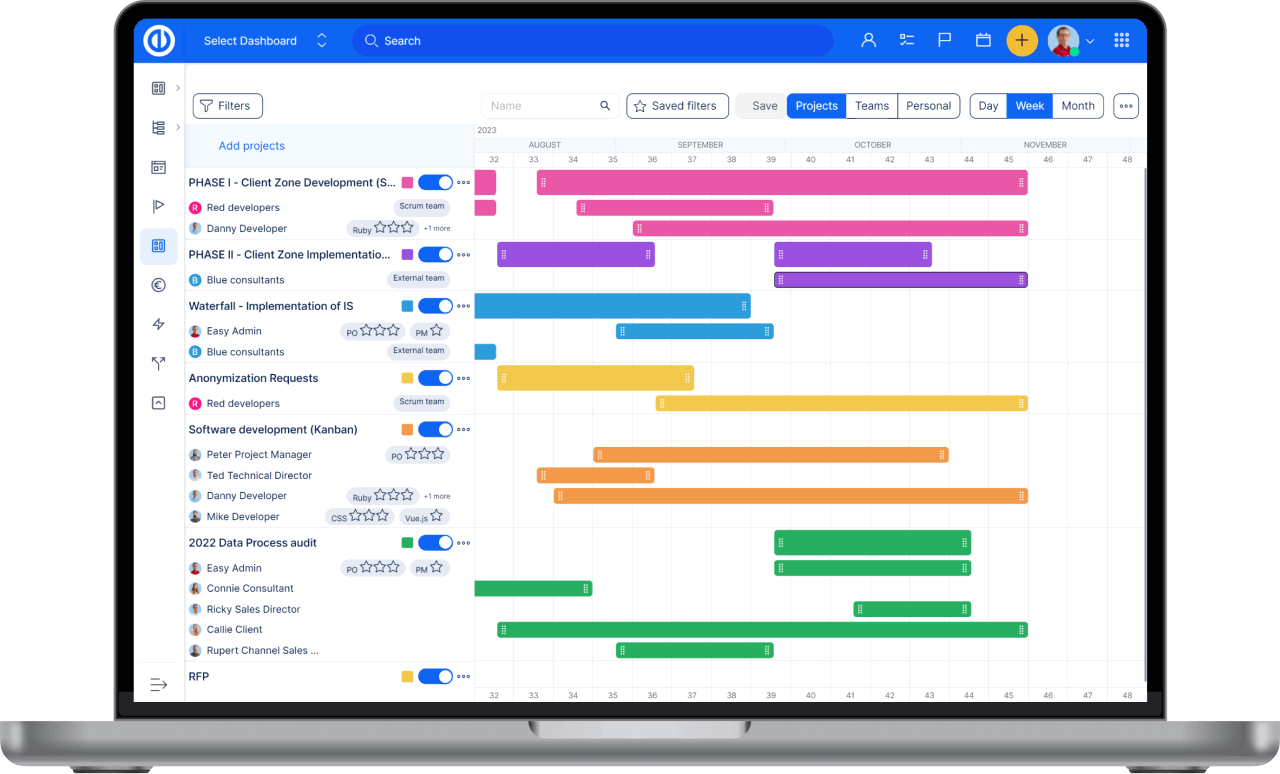Effortless project management without Jira bulk editing
If you've ever tried to edit multiple projects at once in Jira, you know that the process can be quite tedious. But does it have to be like that? Let’s find out!

Why is the bulk editing in Jira troublesome
Just simple tasks as re-prioritizing, adding an epic or non-default issue type will usually leave you with no other choice than to ask the Atlassian community for help. Or, if you accidentally know how to do it, you will have to either do it one at a time or go through Jira’s oversized, six-step bulk edit process. But does it have to be like that?
In Jira, it can be easy to make mistakes when editing large numbers of issues at once. If you are not careful when selecting the issues that you want to edit or when entering the new values for the fields, you may accidentally apply the changes to the wrong issues or enter incorrect values. This can be especially problematic if you are editing critical fields such as the assignee or status of an issue, as it can impact the progress of the project.
Another downside of the bulk edit feature is that it may not always be the best solution for making complex changes to multiple issues. If you need to make more than a few simple changes to a large number of issues, it may be more efficient to update the issues individually or to use other tools, such as scripts or APIs, to make the changes.
Finally, the bulk edit feature may not be available to all users in a Jira instance, depending on the permissions and access controls that are set up. This can limit the ability of some team members to make bulk edits and may require them to request assistance from a user with the necessary permissions.
Jira alternative that adapts to you
Overall, the bulk edit feature in Jira can be a pretty confusing feature. Consider whether it is the most efficient solution for the changes that you need to make.
Try Easy Redmine: it’s a comprehensive project management tool that is designed to make it easy for teams to stay organized and on track. It’s designed with a single task in mind: to be adaptable to your needs in the same way as Jira does but with a way less confusing user experience.
One of the most important differences between Easy Redmine and Jira is the level of customization available. Easy Redmine is known for its high level of flexibility, which allows teams to tailor the tool to their specific needs and workflows.
This includes the ability to customize the appearance and layout of the tool, custom dashboards and tables as well as the workflows and processes used to manage projects. In contrast, Jira may be less customizable, depending on the version and configuration of the tool.
Improved bulk edit
Easy Redmine is known for its ability to be tailored to the specific needs and workflows of a team, and the bulk edit feature is no exception. Users can customize the fields that are available for bulk editing, as well as the values that can be entered for those fields. This allows users to tailor the bulk edit feature to their specific needs and workflows.
To use the bulk edit feature in Easy Redmine, you just select the issues that you want to edit. You can do this by checking the boxes next to the issues in the issue list, or by using the search function to find specific issues that you want to edit.
Once you have selected the issues that you want to edit, you can click the "Bulk Edit" button to open the bulk edit dialog. There you can choose the field or fields that you want to edit, and enter the new values for those fields.
Once you have made your changes, you can click the "Confirm" button to apply the changes to all of the selected issues. Easy as that.
Streamline your workflow: Bulk edit multiple issues in Easy Redmine
The bulk edit feature in Easy Redmine can save you a lot of time when you need to make the same change to multiple issues and can be especially helpful when you are working on a large project with many issues.
Want to try it? You can do so now with our 30 days free trial of Easy Redmine!
Related articles
The hidden problems of using an unsupported Jira server
Do you know the risks of using an unsupported server for your Jira Software?
In today's fast-paced world, it's easy to forget to address the problem of using an unsupported server for Jira Software. Let's take a minute and explore the risks associated with running an outdated server setup as it can lead to severe issues such as weakened security, performance, and data breach.
Less expensive alternative for Jira on-premises
With Jira Server discontinued in 2024, many teams face a choice: accept Atlassian’s Cloud or Data Center terms—or explore more cost-effective alternative!

The ultimate Redmine upgrade? Easy.
Get all powerful tools for perfect project planning, management, and control in one software.


